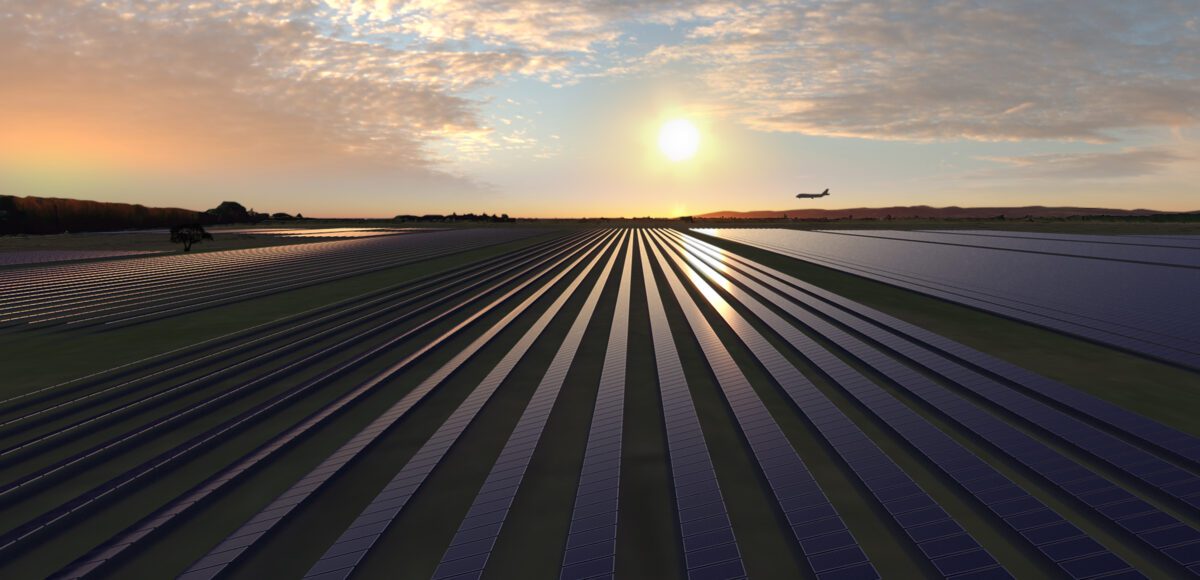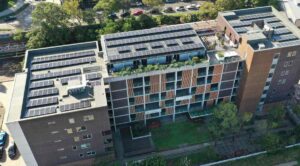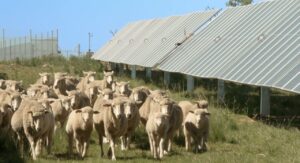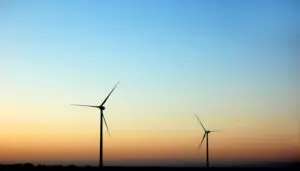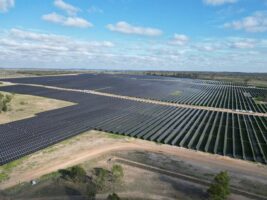It’s been a big week for New Zealand solar and the announcements keep on coming, with Christchurch Airport appointing Kiwi energy company Contact Energy and international solar developer Lightsource bp as its partners in the delivery of what promises to be one of the country’s biggest solar farms.
While around 80% of New Zealand’s electricity is renewable, most of that is derived from hydropower, and the country has just a few major solar projects in the works.
That’s partly thanks to a lack of necessity: writing in the NZ Herald way back in 2013, Andy Kenworth noted that “large scale solar power has perhaps been a victim of New Zealand’s success in tapping into our other abundant sources of renewable power.”
But the tide seems to be turning as solar becomes increasingly cost competitive and New Zealand races to meet its goal of 90% renewables by 2025.
The plans for the solar farm at the 300-hectare Kōwhai Park include an initial 150 megawatt solar array of around 300,000 panels – enough to power around 36,000 Kiwi homes – close to the major city of Christchurch and a key access point to the national grid.
Lightsource bp’s boss in Australia and New Zealand, Adam Pegg. said construction of the company’s first big solar project in New Zealand is expected to begin in 2024.
Christchurch Airport chief executive Justin Watson says the appointment of two major providers is a milestone for the Park.
“Kōwhai Park will enable low emissions aviation and help provide the extra green energy New Zealand needs to transition away from fossil fuels,” Watson says. “We’re excited to have found partners with the technical capability to do this well and the values to ensure it’s done right.”
In the long-term Christchurch Airport hopes to develop Kōwhai Park into a renewables powerhouse, generating green hydrogen onsite and providing power for major customers like vertical farms and data centres.
Contact Energy CEO Mike Fuge says the company is committed to delivering major solar projects in New Zealand, including Kōwhai Park.
“We’ve committed to creating up to 380,000 megawatt hours of grid-scale solar generation by 2026, this project will deliver over half of that,” Fuge says. “Subject to a final investment decision, all going well construction will begin in 2024.”
The airport boss Watson says the energy produced at Kōwhai will also help to power decarbonised flights in future.
“Our goal is to ensure Kōwhai Park is ready to provide the large amount of green energy these new aircraft will need. This starts with the solar farm but we’re working to include green hydrogen generation down the track.
“This is an exciting time for aviation – zero and low emission aircraft are not far away. Our job is to do all we can to ensure they can take off as soon as possible.”
Airports could in theory become major generators of renewable energy, thanks to their ample space and owing to their current and historic contributions to global carbon emissions.
A 2021 study from RMIT found that Australia’s government-owned airports could produce enough electricity to power 136,000 homes if they had large-scale rooftop solar systems installed.
Christchurch Airport has positioned itself as a global frontrunner in emissions reduction. In 2022, the airport announced that and independent audit had found its Scope 1 emissions were now 90% lower than 2015.
In 2020, the airport became the third in the world to achieve an Airport Carbon Accreditation certification of higher level 4 by the Airports Council International (ACI).
Other innovations could help airports drive reductions in their emissions and provide renewable energy for national grids. In a 2022 study, researchers at Cranfield University proposed that direct air carbon capture could be used to provide recycled fuel for planes, pushing those airports closer to carbon neutrality. Direct-air carbon capture technologies are still in their infancy and operated at small scales.

